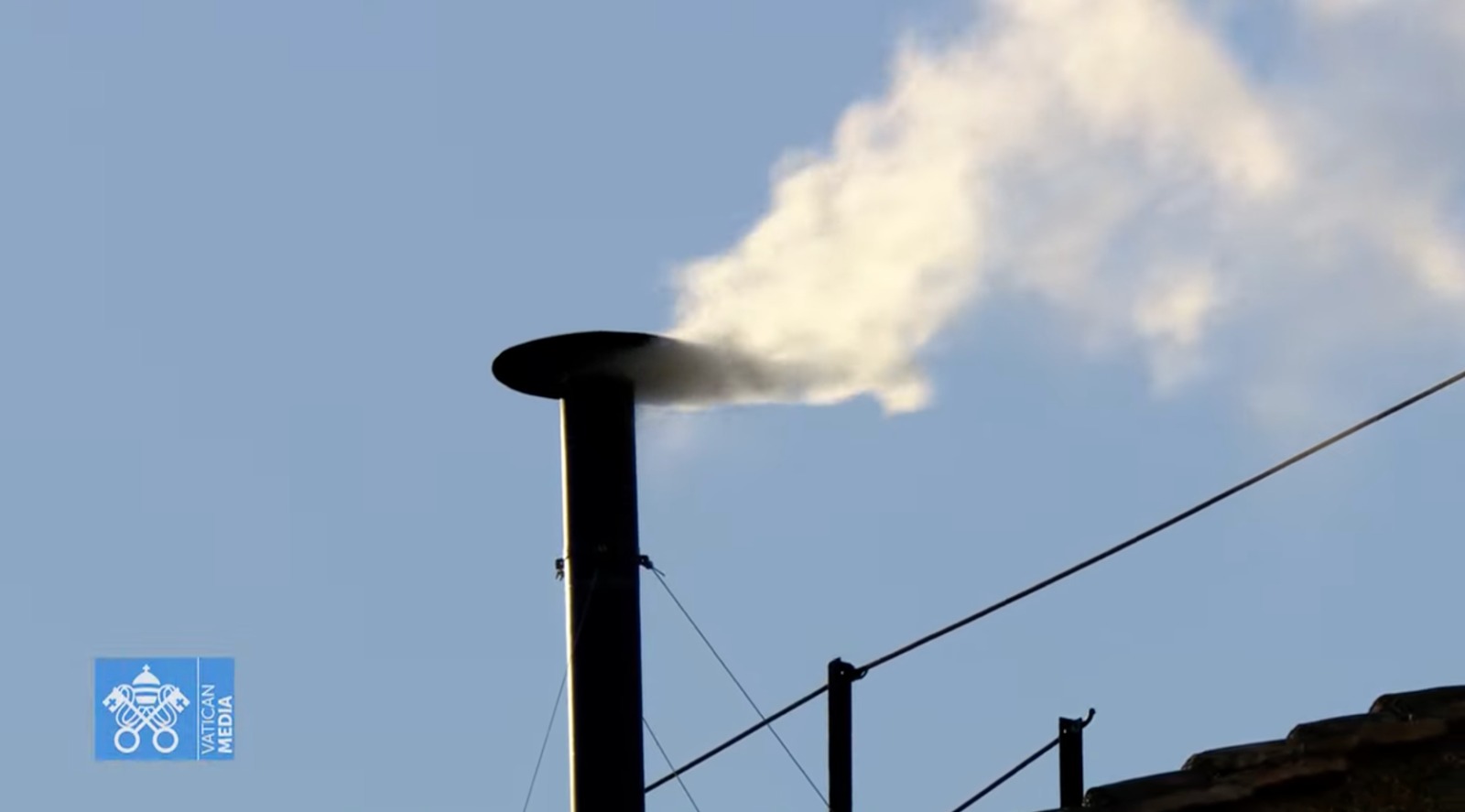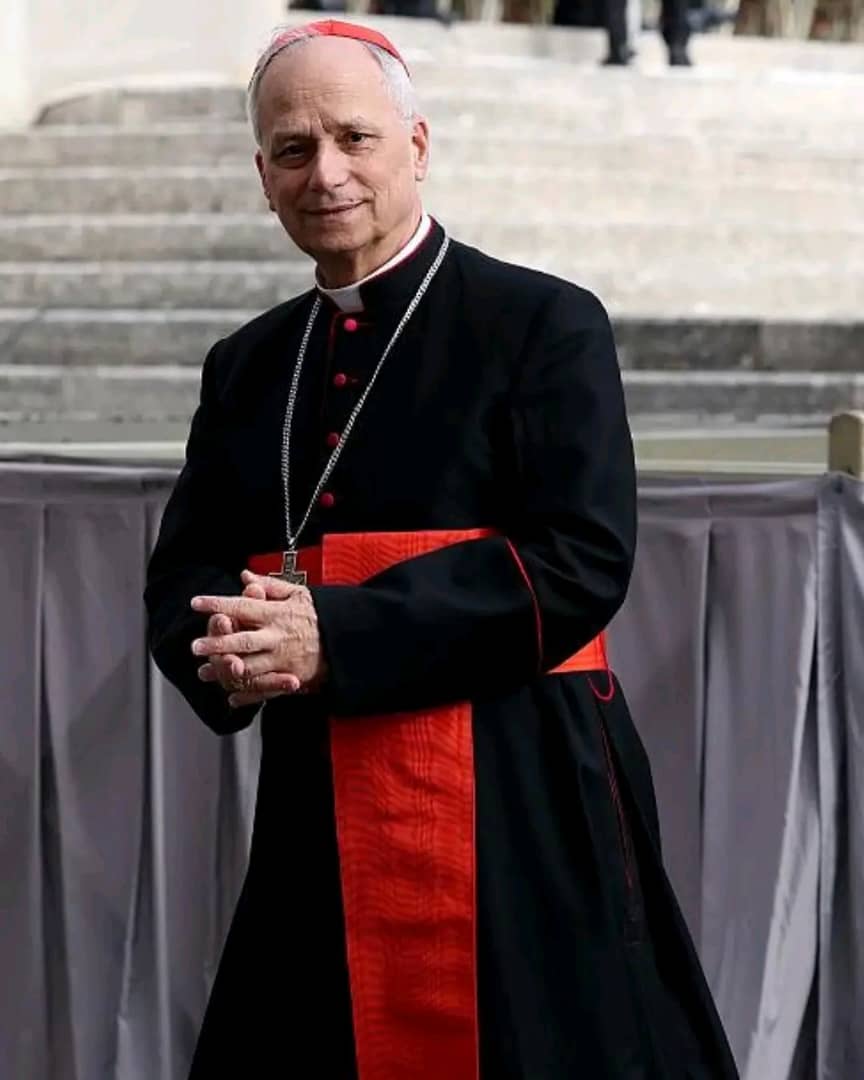The papal conclave convened on May 7, 2025, following the death of Pope Francis on April 21. Out of 135 eligible cardinal electors, 133 participated in the conclave held in the Sistine Chapel.
After four ballots over two days, white smoke emerged at 6:07 p.m. on May 8, signaling the election of a new pope. Cardinal Dominique Mamberti, the Protodeacon, announced the election of Cardinal Prevost as Pope Leo XIV to the gathered faithful in St. Peter’s Square.
Prevost, whose papal name is Pope Leo XIV, makes history as the first American pope,though he is also a dual citizen of Peru.
Pope Francis elevated him to be a cardinal in 2023
Born in Chicago in 1955, Robert Francis Prevost is a member of the Order of Saint Augustine.
Prevost was raised by his parents, Louis, an educator, and Mildred, a librarian, alongside his two siblings, Louis and John.
He holds degrees in mathematics from Villanova University, a Master of Divinity from Catholic Theological Union, and a doctorate in canon law from the Pontifical University of Saint Thomas Aquinas.
He earned a Master of Divinity from Catholic Theological Union in Chicago in 1982, and was ordained as priest the same year.
Two years later, he earned his licentiate degree in canon law from the Pontifical College of St. Thomas Aquinas in Rome, followed by his doctorate degree in 1987.
In 2014, Villanova awarded him an honorary doctor of humanities degree.

Prevost served as a missionary in Peru for two decades, eventually becoming the bishop of Chiclayo. In 2023, he was appointed Prefect of the Dicastery for Bishops by Pope Francis and was elevated to cardinal in January 2024.
Pope Leo XIV is perceived as a unifying figure who may continue Pope Francis’s emphasis on social issues, such as advocacy for migrants and the impoverished.
However, he holds more conservative views on topics like the ordination of women and same-sex relationships.
Prevost gave an address to bishops in 2012 in which he expressed disapproval with how Western news media and popular culture fostered “sympathy for beliefs and practices that are at odds with the gospel.”
He cited the “homosexual lifestyle” and “alternative families comprised of same-sex partners and their adopted children.”
While he was working as a bishop in Peru, he also opposed a government plan to implement more gender education in schools.
His deep ties to Latin America and fluency in English, Spanish, and Italian position him to engage with a diverse global Catholic community.
In his first address from the balcony of St. Peter’s Basilica, Pope Leo XIV greeted the crowd with a message of peace and gratitude toward his predecessor, Pope Francis .
After his first words , “peace be with you” he paid tribute to Pope Francis, saying that the late pontiff “blessed Rome, gave his blessing to the entire world that morning of Easter.”
“Allow me to follow up on that blessing,” Prevost continued. “God loves us. God loves everyone.
Upon stepping onto the balcony, Prevost officially revealed his papal name: Pope Leo XIV.
This isn’t the first time that a pope would choose a new name upon taking their new title. Pope Francis, for example, was born Jorge Mario Bergoglio.
According to Vatican News, popes often choose names of their immediate or distant predecessors out of respect, admiration or recognition to mark continuity. However, it is also common for popes to use different names to “mark innovation.”
Per Brittanica, Prevost’s chosen name, Leo, follows a longtime tradition dating back to St. Leo I, who died in 461.




